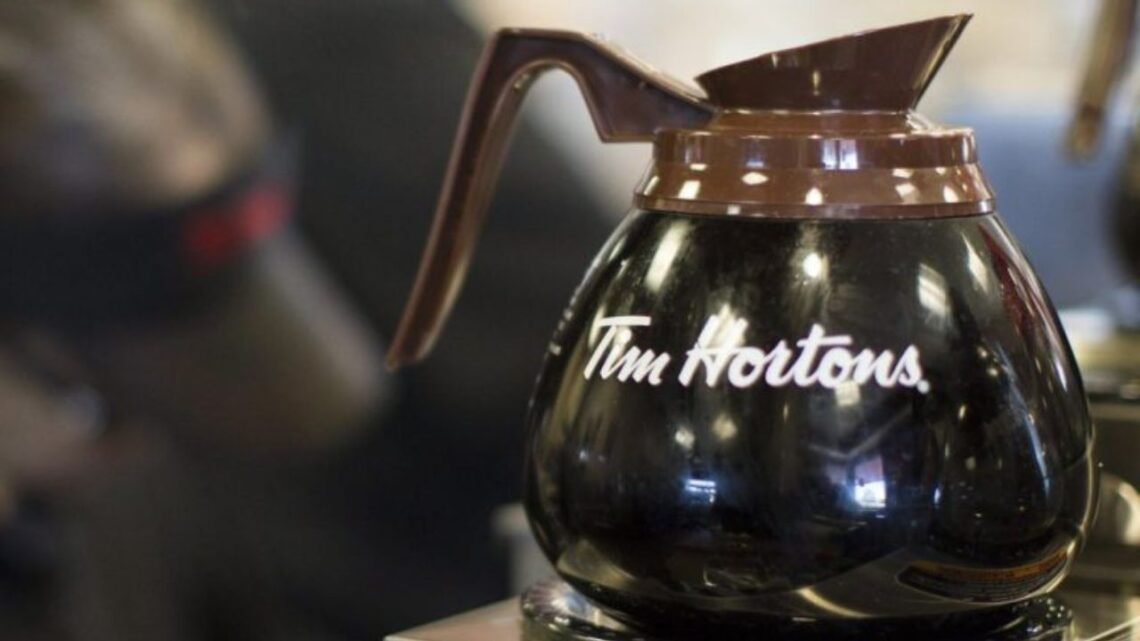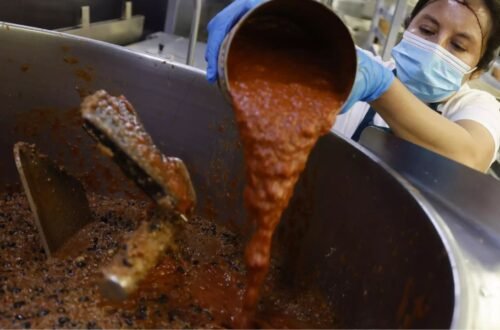If you love your morning Tim Hortons coffee, you might have noticed it’s a little more expensive now. For the first time in three years, Canada’s favorite coffee chain has decided to raise its coffee prices.
The company says the increase is small but necessary, given how much the cost of coffee beans has gone up around the world. This rise also reflects a bigger trend—global coffee prices are climbing fast due to trade challenges, inflation, and higher production costs.
Why Tim Hortons Raised Prices
According to the company, the price of coffee beans has more than doubled in the last three years. Market data shows that the cost went from C$2.21 to C$5.45 per pound.
Because of this, Tim Hortons says it had no choice but to increase its coffee prices by 1.5% per cup. The company insists that this rise is “more than reasonable” when compared to inflation and other food price hikes.
Although the change may not sound like much, it adds up when you think about the millions of cups sold every day. On average, the new price means customers will pay around 3 cents more per cup.
How Global Trade Affects Your Coffee
Canada imports most of its coffee beans from countries like Colombia, Brazil, Mexico, Peru, and other Central American nations.
These regions supply the raw, unroasted beans that are roasted and sold across the country. In July 2025 alone, Canada imported 131 million kilograms of unroasted coffee worth over $1.3 billion.
But coffee isn’t just affected by bean prices. Trade tariffs between the U.S., Brazil, and Canada have also influenced the cost of roasted coffee. In July, Canada imported 3.9 million kilograms of roasted coffee, mostly from the United States.
Due to past U.S. tariffs on Brazil and Canada’s retaliatory tariffs, the cost of bringing roasted coffee into Canada went up. These extra costs eventually reach customers.
Here’s a simple summary:
| Time Period | What Happened | Effect on Prices |
|---|---|---|
| Before 2025 | Regular trade between countries | Normal prices |
| During tariffs | U.S. tariffs on Brazil and Canada’s counter tariffs | Coffee import costs rise |
| After September 1, 2025 | Most tariffs removed | Prices expected to slowly stabilize |
Food Prices Continue to Rise
Tim Hortons isn’t the only company affected. Food prices in general are increasing faster than inflation. Loblaw’s September food report found that food prices rose by 3.5% in August, while overall inflation was only 1.9%.
Coffee prices are climbing even higher. Loblaw mentioned that coffee has “climbed back near 2025 highs,” partly because of the 50% U.S. tariffs on Brazil, the world’s biggest coffee exporter.
Brazilian coffee growers are also being careful with sales, holding back their beans to wait for better prices. This makes global coffee markets more unstable and unpredictable. As a result, coffee companies like Tim Hortons face more uncertainty in their supply chain.
How This Affects Canadian Consumers
For Canadian coffee lovers, this means your daily cup of coffee will cost a bit more. At grocery stores, Canadians paid 27.9% more for coffee in August 2025 compared to a year earlier. Whether you buy from a drive-thru or make it at home, prices are going up everywhere.
Still, Tim Hortons says it has tried to keep the increase minimal and maintain affordability for its loyal customers. The company hopes prices will level off once trade conditions improve and coffee supplies become more stable.
What to Expect Next
Experts say the future of coffee prices will depend on global trade deals, weather conditions, and how major exporters like Brazil handle production. If bean supplies rise again and tariffs remain low, Canadians might see prices stabilize. But for now, the market remains uncertain.
Tim Hortons’ recent coffee price hike may seem small, but it reflects a larger problem in the global coffee industry. With rising bean costs, unstable trade policies, and supply issues, coffee prices are under pressure everywhere.
While the increase is just a few cents per cup, it reminds us how global events can directly affect something as simple as your morning coffee. As trade tensions ease and markets balance, Canadians hope that the comforting aroma of Tim Hortons coffee won’t come with a bigger bill for too long.
FAQs
Why did Tim Hortons raise coffee prices?
Because the price of coffee beans doubled in three years and import costs increased due to global tariffs.
How much more will customers pay?
The average price increase is about 1.5% per cup, or roughly three cents more.
Will prices go down soon?
Prices might drop if global coffee supplies improve and trade tensions ease, but for now, they remain high.









